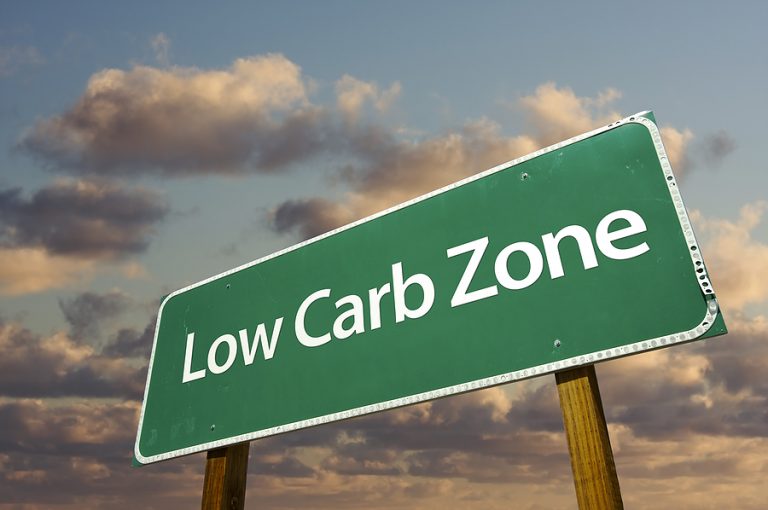Low carb diet is first thing about which we thing, when we want to lose weight. Currently, we know that it's not the one and only way of losing weight, however limiting carbohydrates intake (especially simple sugars) can be very beneficial and speed up process of losing weight and fat. We have some more strict low-carb diets, which we would like to present today - the best low-carb diets!
Atkins diet
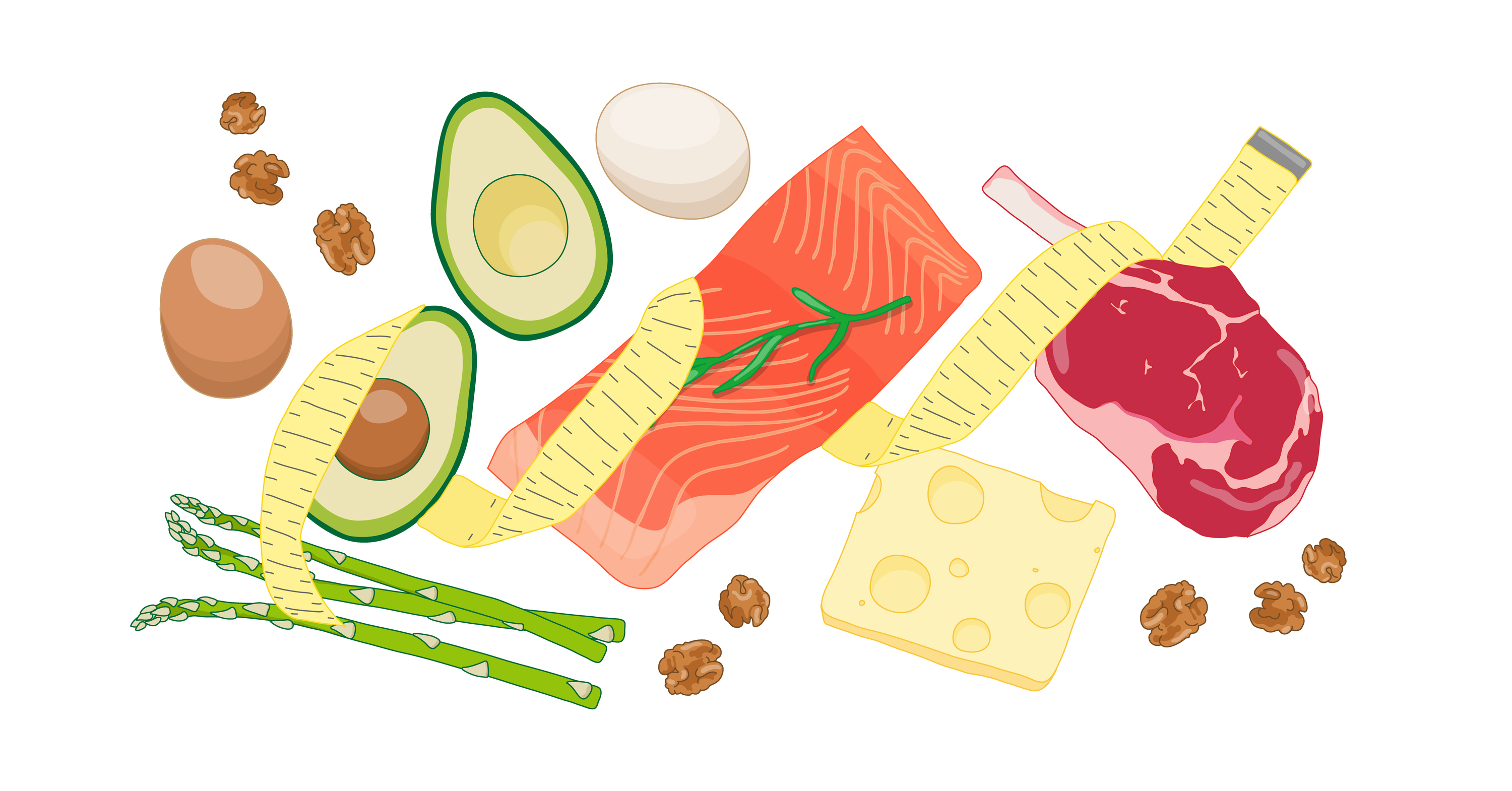
Assumes drastic restriction of carbohydrates intake. The amount of the allowed active carbohydrates does not exceed the border of 100g per day (ketosis threshold). Therefore, it is a standard ketogenic diet. In a transitional period the intake of active carbohydrates (we do not count the fiber) should amount to 20-30g per day (only vegetables). After this period we may add carbohydrates to the extent ensuring the possibility of maintaining the diet for a longer period of time or even for life, without increasing weight or fatty tissue. Many people apply Atkins diet and its supporters recommend it because of quick weight loss (not always connected to fatty tissue loss!) and successful blocking of the sense of hunger (does not relate to everybody). Unfortunately, this diet is not ideal for the people who practice strength training. It is much easier to prevent muscle catabolism when we periodically include carbohydrates to our diet (the so-called carb-loading).
Recommended supplementation for Atkins diet:
- Whey protein isolate containing low amount of carbohydrates and lactose
- Digestive enzymes, especially at the beginning of the diet, when you start to eat large amounts of fat
- Base minerals, which regulates pH of your organism. pH can be lower than normal when eating fats, so you should consider something which make this up.
Protein Power
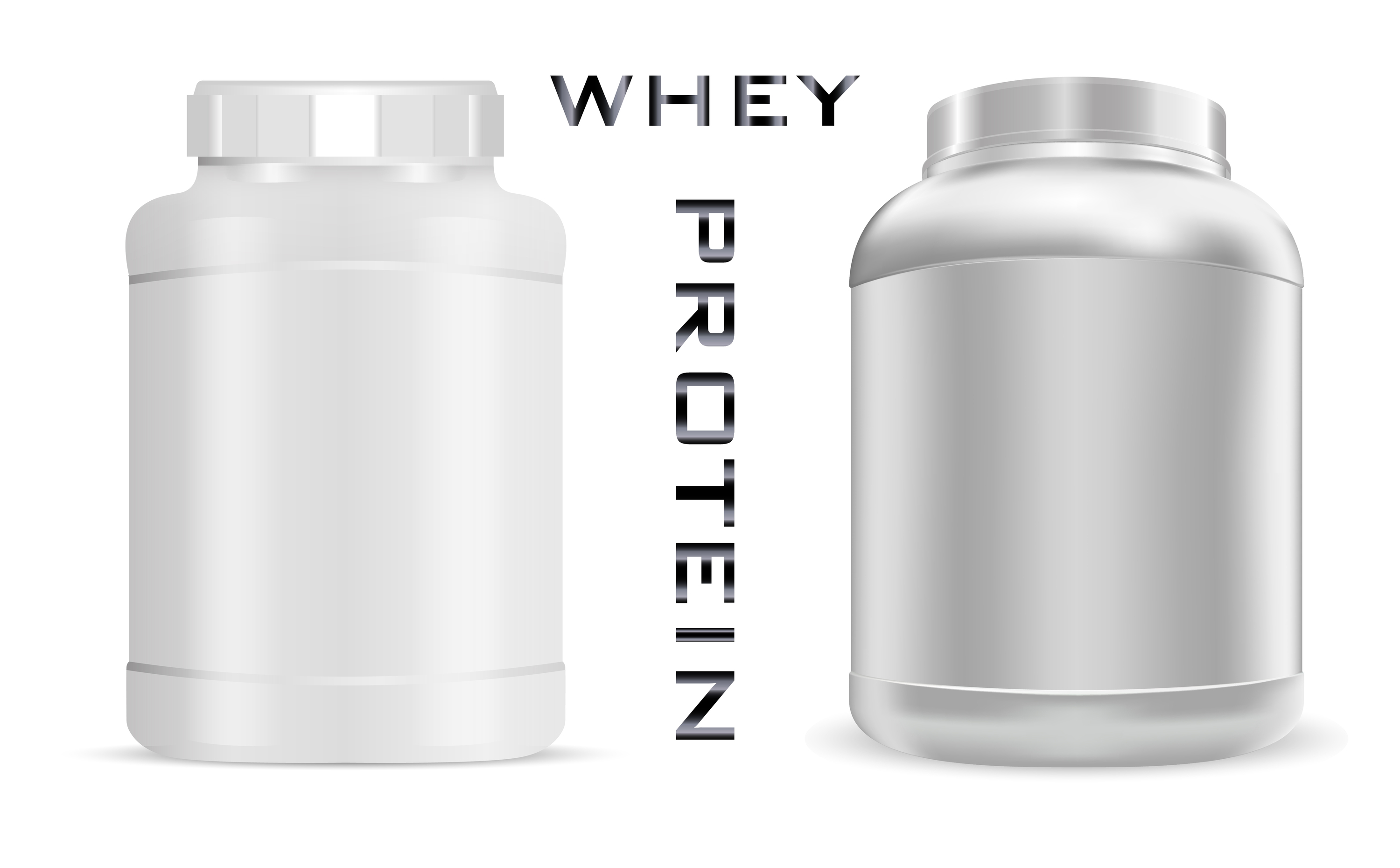
Another example of ketogenic diet (SKD). It has been created and promoted by a marriage of doctors from the USA – Michael R. and Mary Dan Hades. In this diet we mainly focus on the amount of proteins. There are three variants, in which the differences concern the extent to which certain foods are restricted, giving instead certain health benefits that increase proportionally to the number of self-sacrifices that we impose on ourselves.
The first variant form concentrates on the changes in a diet that are relatively easy to achieve and their application brings most benefits. The balanced plan is the combination of optimal benefits with the possibility of eating various foods.
The tougher option, called “strict” is a variant form requiring strong will and a lot of self-denial, but offering in return maximum health benefits that this diet may offer. Protein is a macronutrient that is a fundament of Protein Power and its quantity is determined by sex, weight and height. The other significant macronutrients are carbohydrates. The first phase limits their intake to 40g per day. This period lasts until our health improves and we achieve the planned body fat level. Next, we increase the amount of carbohydrates very slowly, vigilantly observing our organism reactions, until we reach the optimal values, which will let us maintain health and low body fat level (our set point).
In relation to the fact, that each person reacts differently for various carbohydrates amounts, we cannot look at other people’s results. The choice of the amount of carbohydrates is a very individual matter and derives from our own experience. Already knowing how much proteins and carbohydrates we should eat, we have to pay attention to where they come from, i.e. to the products more and less healthy. We have to be directed by the optimal way between what is healthy for the body and what is healthy for the psyche.
The simple plan - appropriate protein intake, the allowed maximum amount of carbohydrates and supplementing the diet by healthy fats and microelements (sufficient quantity of liquids). The balanced plan heads for bigger strictness as for the subsequent limitations of foods considered to be “allowed”. The emphasis is put on natural products. We always chose these food products which are the least processed. We remember to avoid chemical additives, sweeteners and most of the grains. Such measures result in considerable health improvement. The toughest of the proposed versions is the “strict” one, but it offers the maximum of health benefits. We should eliminate cereal products altogether in any form, eat only natural vegetables, meats and fruit, eliminate leguminous vegetables, dairy products, processed foods, quit eating sweets with the exception of honey from time to time, quit coffee, drink only herb teas, eliminate alcohol and other drugs. Such sacrifices should guarantee good health.
Recommended supplementation for protein power diet:
- Proteins
- Another proteins
- A lot of proteins!
- Fish oil, containing high amount of omega-3 fatty acids to balance your cholesterol level
- Multivitamin complex, especially one of those containing addition of antioxidants
Underground Bodyopus Militant weight loss & recomposition
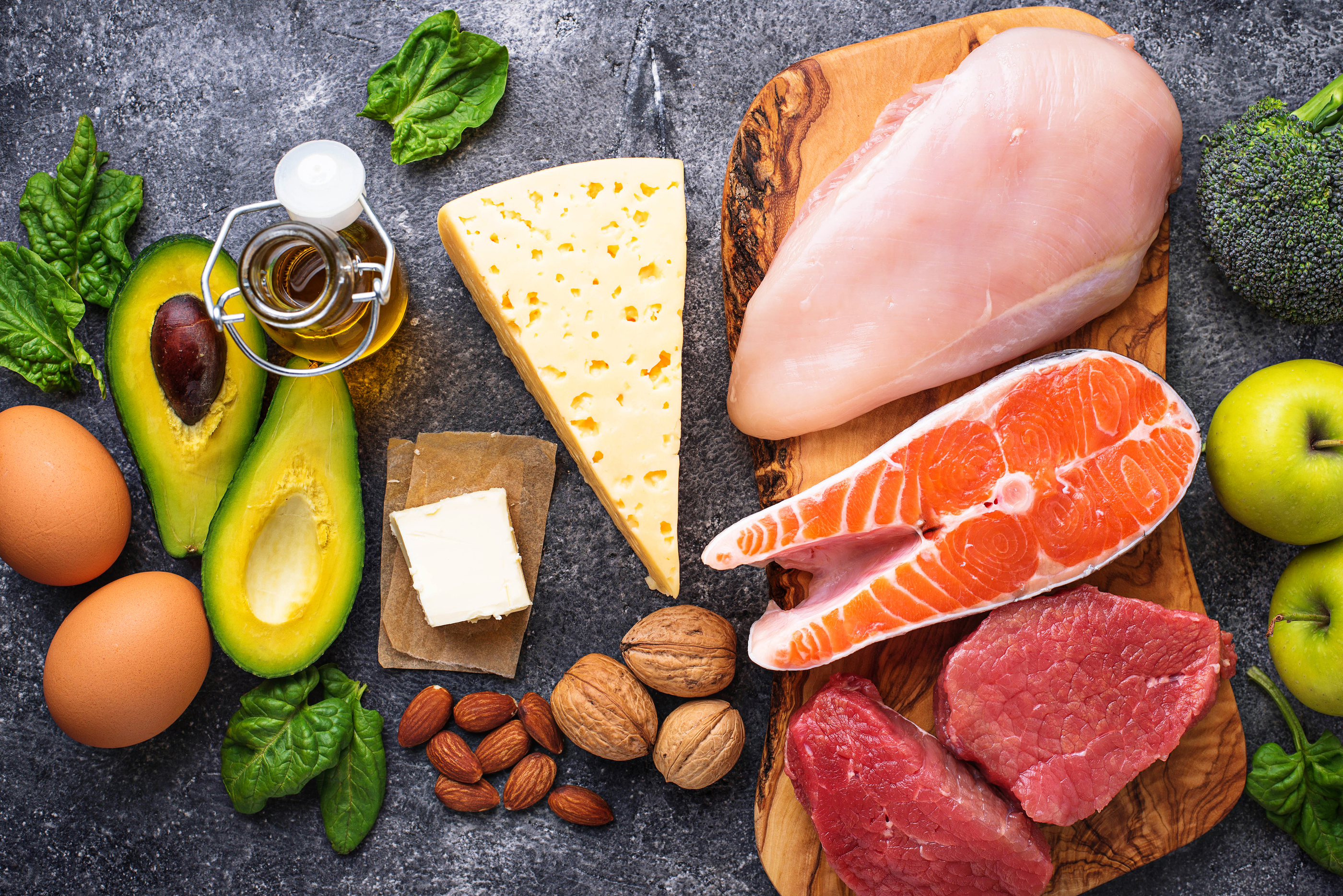
The founder of this dietary-training system is Daniel Duchein, a well-known steroid “guru”. It was the first system that joined both a training and a diet, which together constituted one consistent whole. This diet was a kind of cyclical ketogenic diet (CKD), in which low-carb days were interchanged with high-carb days (carb loading). The amount of carbohydrates during ketosis was low and usually did not exceed 20g of digestible carbohydrates. Calories came from proteins (around 30%) and fats (around 70%), the sources of which were varied and strictly determined. The caloric balance deficit in these days was 10 to 20%, while during carb loading, which lasted 48 hours, the caloric intake was 24g of carbohydrates per one kg of dry mass (body weight without fat) with the avoidance of fats and fructose and with high-carbohydrate meals every 2 hours in the strictly defined quantity. Such shocking changes allowed to manipulate hormone levels both anabolic and katabolic, which gave wonderful effects. The training in Bodyopus was bidirectional and aimed both at burning glycogen (to reach ketosis) and build muscles burnt by a reducing diet. Mass training took place during the first two days of the cycle and glycogen-burning training on the fifth day of the cycle and was at the same time the beginning of the carb loading period. This diet was very tough and demanded a lot of sacrifices, but let sportsmen and bodybuilders reach extremely low body fat level.
Recommended supplementation for underground bodyopus militant weight loss & recomposition
- Concentrated carbohydrates source for carb loading
- Metabolism accelerator, for faster glycogen breakdown
- Adaptogens, especially specially prepared adaptogens set, to let you feel better throughout such restrictive diet
Anabolic diet
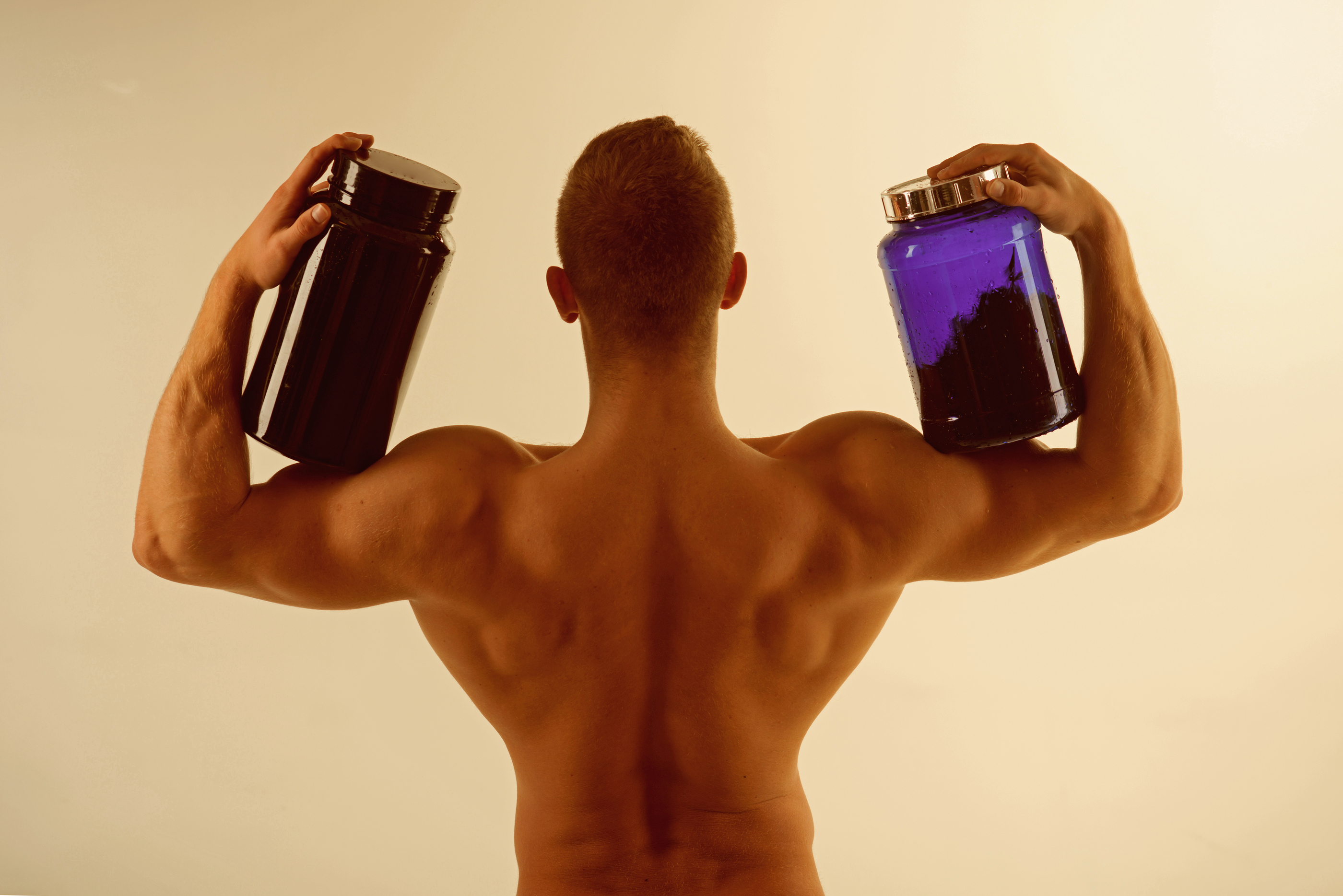
It is the first diet addressed at bodybuilders. Its author is Mauro Di Pasquale, a well- known weight-lifter and powerlifter, who adjusted Atkins’s theory to sportsmen’s needs. Mauro differentiates four diet phases, which differ between one another not really in the rules, but the goals and the amount of calories. The compulsory phase of Anabolic Diet is the introductory phase – which is promoted in every cyclical ketogenic diet (Bodyopus, ultimate diet 2.0, TKD). Because of the fact that our diets usually are based on carbohydrates as the main energy source, our organism needs to accommodate to the new energy source, which in these case are fats – both free fatty acids and ketones. This period, in case of Anabolic Diet, lasts 12 days and allows for a maximum carbohydrates amount equal to 30g. After this period, we have a short, lasting from 12 to 48 hours, phase of “carb loading”, however, not similar to Bodyopus. This diet period consists in providing in the determined, quite short time, a substantial amount of carbohydrates and its goal is to shift our organism to anabolic processes and leave the state of increased fat burning. It also allows to maintain the majority of muscles or even to build them, therefore a lot like in Bodyopus.
The periods of carb loadings in the Anabolic Diet were delineated quite widely, as every person reacts in an individual way on their amount and quality. A good indicator of this phase time is the appearance. If the so-called water retention takes place in our body, we should stop the loading and return to our ketogenic diet. Such a cycle, 5+2, will last as long as we want to stay on Anabolic Diet.
As mentioned earlier, Anabolic Diet may be divided into several phases, in which we, e.g. manipulate the number of calories in order to achieve the desired effect (fat reduction, maintaining weight or slow change of body composition – fat reduction and muscle building). However, what changes is the distribution of calories, while the periods of fats and carbohydrates intake stay the same.
Recommended supplementation for anabolic diet
- Concentrated source of ketones, for example BHB for higher energy level as pre-workout and to let you get faster in ketosis state.
- Concetrated source of medium chained fatty acids (MCT), for higher energy level for example as pre workout
- Some of the best pre workout- to let you gain the maximum at your training, independently of your mood!
NHE
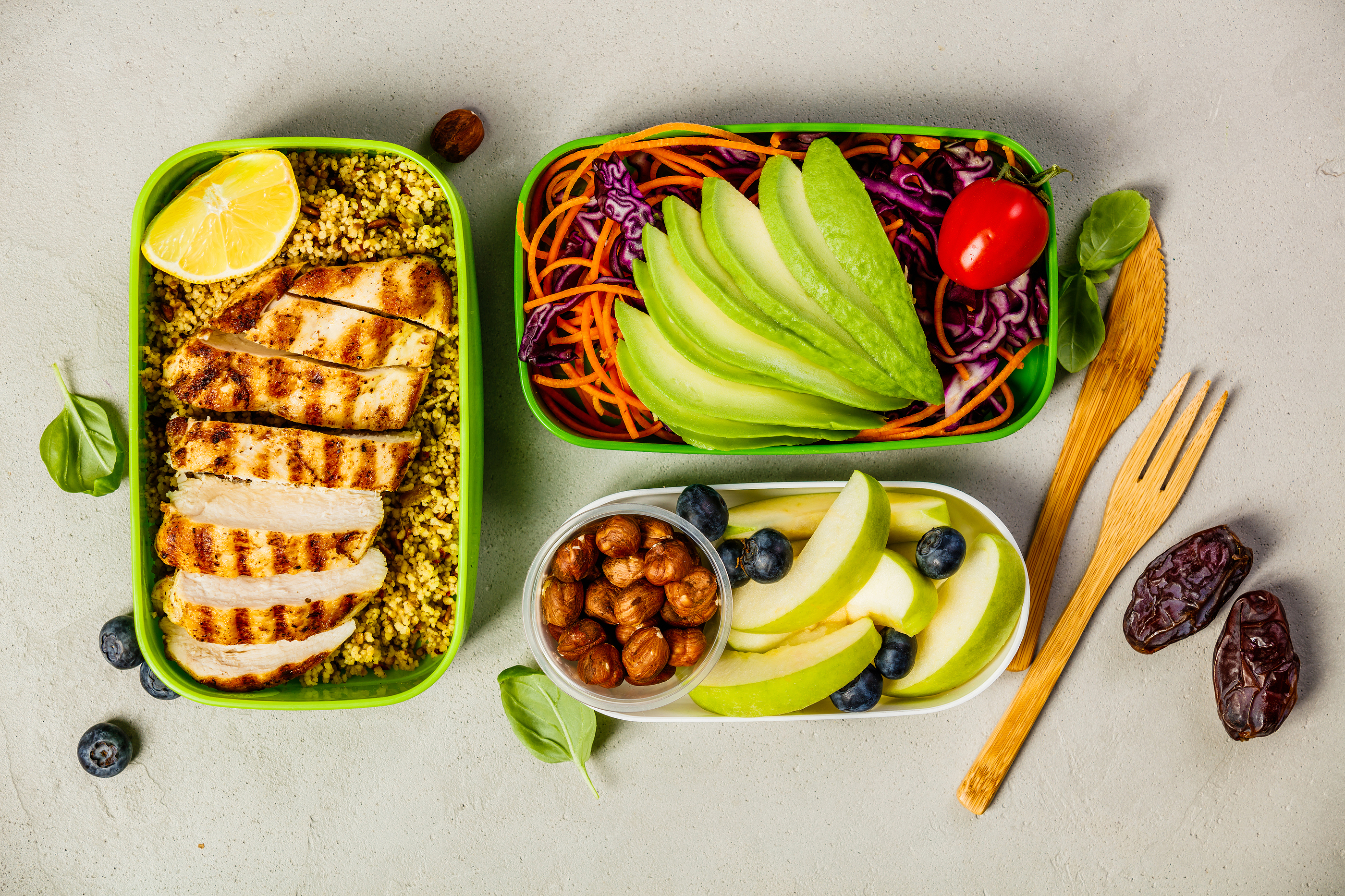
The author of NHE, i.e. Natural Hormonal Enhancement is Rob Faigin – a natural bodybuilder, interested in strength sports. It is also a cyclical diet. The rules of NHE diet are very similar to di Pasqual’s diets and focus on applying the periods with low-carb intake as well as introducing carbohydrates once in a while. Similarly to Anabolic Diet (the author directly admits that it was his model), we come across the concept of the initial period, aiming at shifting our organism from carbohydrates to fats as the main source of energy. Similarly to Pasqual’s we have 20g of active carbohydrates. After this period, we move to a proper diet. There are also some cycles, but different from the above mentioned diet. The cycle may be divided according to a 4/3 rule. After the initial phase, we may eat a bit more carbohydrates, which allows the choice of more varied products. The daily limit is then increased to 60g. This type of nutrition (60g) is used for 4 days. At the end of the fourth day, there is a short carb loading, in which as the last meal a high amount of carbohydrates is eaten, limiting at the same time the amount of proteins and fats (20g of each macronutrient). Next day, we go back to our daily carbohydrates limit and maintain it for 3 subsequent days. On the third day in the evening, we repeat this short loading. The cycle is constructed in such a way as to enable planning and adjusting our habits connected to a 7-day-week of work or school. There is also another, more strict variant, dedicated to bodybuilders. The main difference is the amount of carbohydrates (40g) and the caloric intake during the day (strict calories calculation), however, the main rules of cyclicality stay the same.
Recommended supplementation for NHE (Natural Hormonal Enhancement) diet
- Natural appetite suppressant, to let you get more easily through more strict phases of diet
- Testosterone optimizer, to boost your testosterone level to its highest, when diet will come into "hormonal optimalization" phase
- Whey protein isolate or whey protein hydrolysate to let you eat more proteins in tastier way
TKD
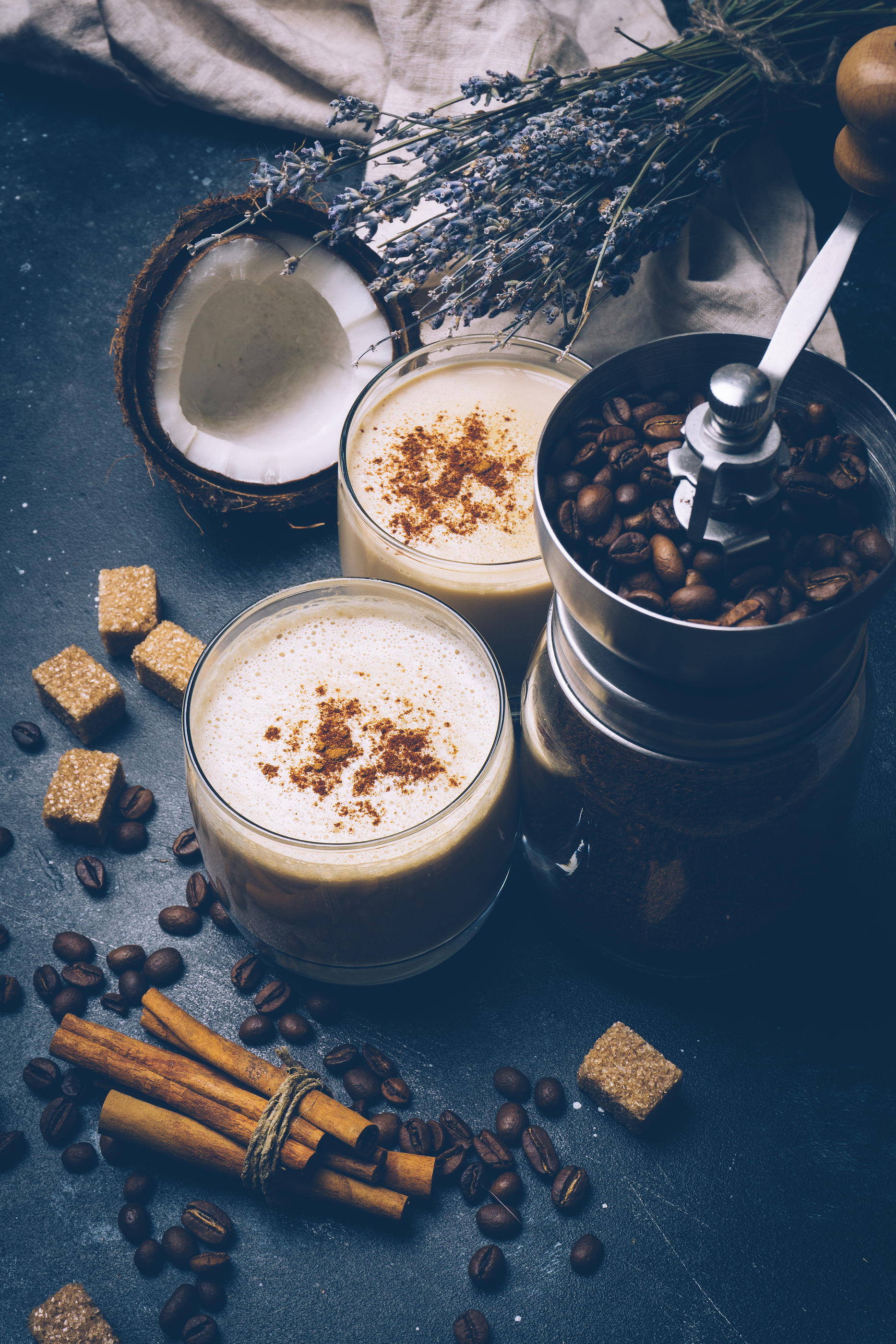
Target Ketogenic Diet – is a variation of a ketogenic diet. In short, it is nothing else than a standard ketogenic diet joined with carbohydrates intake around the training, i.e. before the training session and/or after (25-50g). TKD allows to do high-intensity exercises without the need of stopping ketosis for too long (we only get out of ketosis for the time of the training and shortly after). The typical recommendation is eating 25-50g of carbohydrates 30 minutes before or after the training. If our training requires many series and exercises, it may be needed to increase the number of carbs before the training (we count on average 5g of carbs per 2 series). In order to avoid frequent problems with the excessive amount of carbohydrates at once, we may divide this amount into two, eating a half 30 minutes before the training and the other half at the moment of beginning the training and the rest after the training. The after-training dose is conducive to faster recovery.
Recommended supplementation for TKD diet:
- Source of ketones, to let you get faster in ketosis state
- Post workout booster to improve your regeneration after training (you can eat some carbohydrates before or after workout)
Ultimate diet 2.0
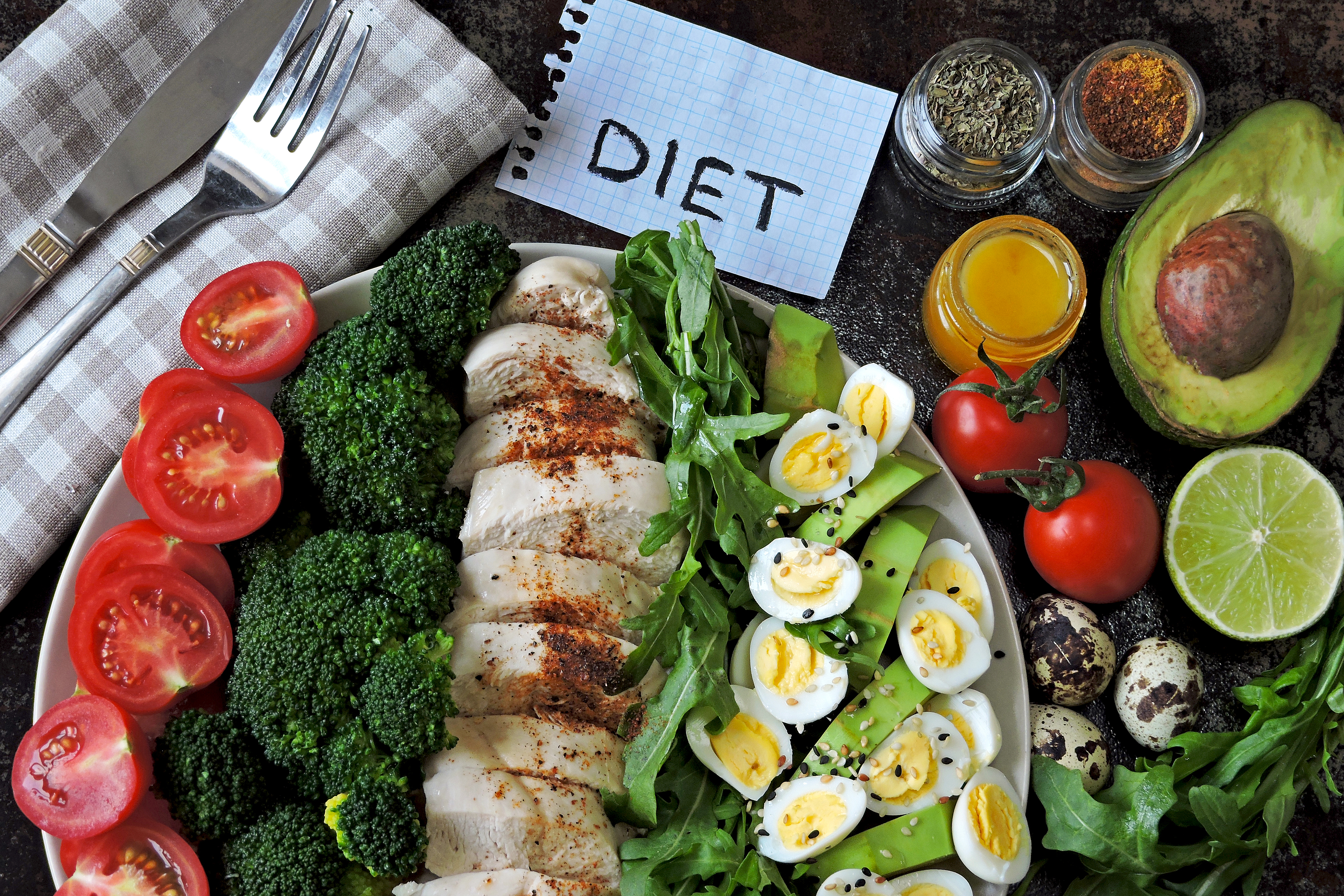
The last diet in this review is the newest diet belonging to cyclical ketogenic diets. The author of this version of Ultimate diet is Lyle McDonald (the authors of the original version were Michale Zumpano and Daniel Duchaine). The diet, or the whole dietary-training-supplement system is very original and contains an array of features, which make it outstanding in comparison to the earlier mentioned diets. It is divided into 3 parts. The first one I the low-carb, low-calories and low-fat period – we eat only 50% of our daily caloric needs, up to 40g of fats, 50-70g of carbohydrates and up to 1,5g of proteins per one pound of dry body weight. The aim of such a macronutrient distribution and the amount of calories is the maximum lipolysis intensification.
The second part is the carb loading period, which lasts 30 hours. We eat up to 16g of carbohydrates per dry body weight kilogram, up to 50g of fats and up to 100g of sucrose (50g of fructose). The third part is the period of “maintenance”, i.e. 2 days caloric intake on the level of our daily needs or with 10-20% negative balance. On the first day we eat 1g of proteins per body mass kilogram, 4-5g of carbohydrates and up to 50g of fats. On the second day we move on to the isocaloric diet, where the distribution of calories from the particular macronutrients is as follows: 40% carbohydrates, 30% fats and proteins.
Training in this case also may be divided into 3 kinds – the training burning glycogen, mass training and purely strength training, which takes place after carb loading.
Recommended supplementation for Ultimate diet 2.0
- Whey protein concentrate, whey protein isolate and whey protein hydrolysate for boosting your proteins intake in more tasty way!
- Some of the best fat burner to improve lipolysis process and let you lose weight even faster!
